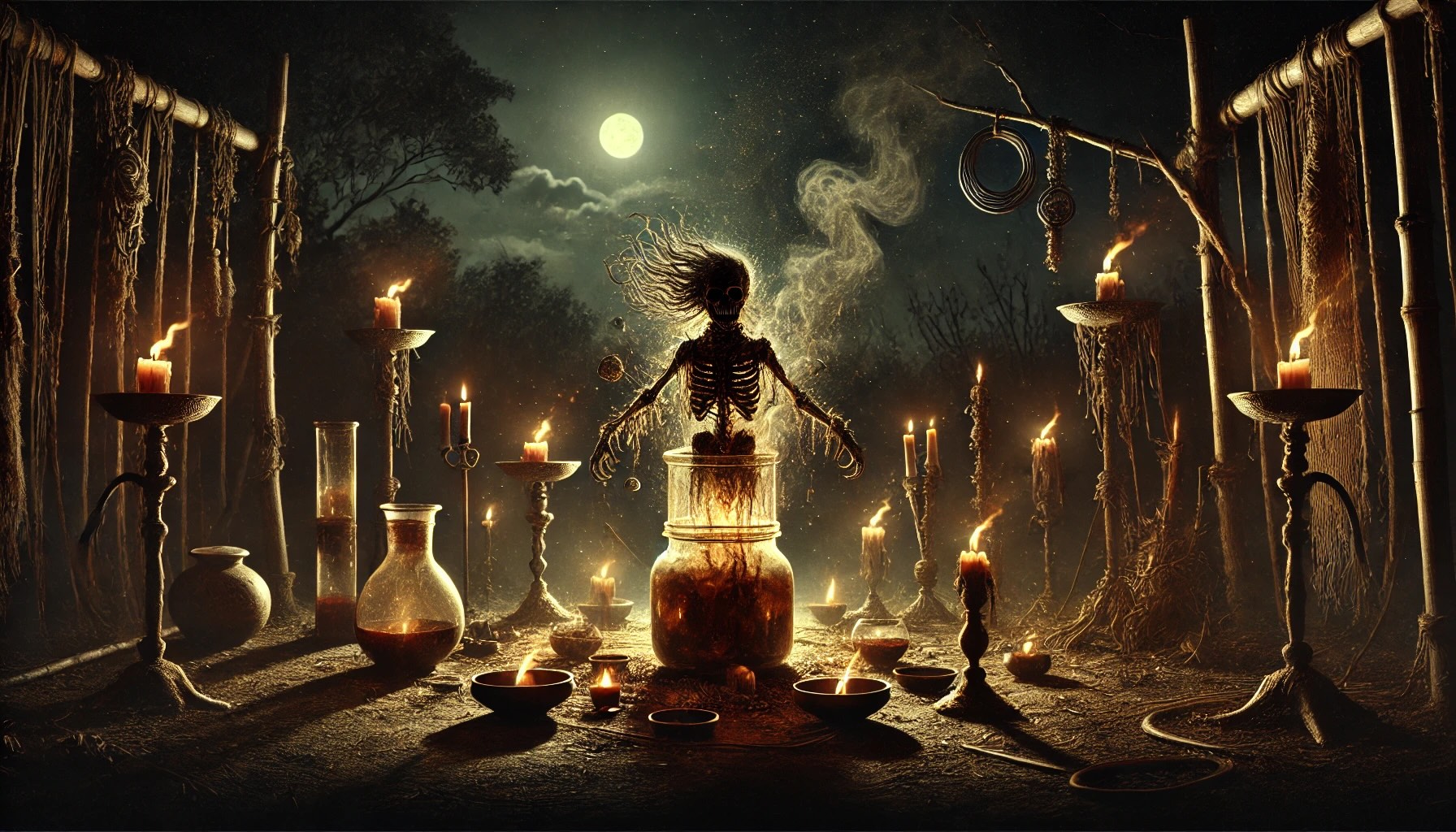undead

Strigoi: The Romanian Undead That Inspired Dracula
Before Dracula, there were Strigoi—Romanian undead who rise from graves as bloated corpses or transform into animals, drinking blood, attacking families, and spreading disease. Living Strigoi are witches with two souls. Dead Strigoi are vampires. Both are deeply feared in Romanian tradition.

Nachzehrer: The Shroud-Eating Vampire Who Drains Families from the Grave
Lying in its coffin, the Nachzehrer doesn't leave the grave—it doesn't need to. It chews its burial shroud and its own flesh, and as it feeds, family members above ground sicken and die one by one. This German vampire kills from the tomb, draining life force without ever rising.

Ghoul: The Graveyard Demon Who Feasts on Corpses
Dwelling in cemeteries and ruins, the Ghoul is a shapeshifting demon that devours the dead, lures travelers to their doom, and consumes human flesh with insatiable hunger. By day, a corpse. By night, a monster that digs up graves and hunts the living.

Vetala: The Vampire Spirits Who Possess Corpses and Tell Riddles
Hanging upside-down from trees in cremation grounds, the Vetala are undead spirits who possess corpses and torment the living. They have supernatural knowledge, tell riddle-stories with moral lessons, and can kill with a word—or grant immense power to those clever enough to outwit them.

Draugr: The Undead Warriors Who Guard Their Tombs Forever
They do not rest. They do not decay. The Draugr are Norse undead—corpses animated by hatred, greed, and supernatural power, haunting their burial mounds and killing anyone who dares disturb their eternal vigil.

Jenglot: The Bloodbound Relic of the Unseen
A relic of power and hunger, the Jenglot does not forgive neglect. It demands blood, and those who fail to offer it may find themselves its next source.

Top 10 Undead Monsters and Mythical Creatures: From Revenants to Vampires
When darkness falls, the undead rise—restless spirits, cursed guardians, and eternal predators who defy the grave and haunt the living.

Jiangshi: The Stiff-Limbed Terrors of the Night
The Jiangshi, cursed revenants with an unquenchable hunger for life force, prowl the night in search of the unwary. Beware their frozen movements and lifeless stare.